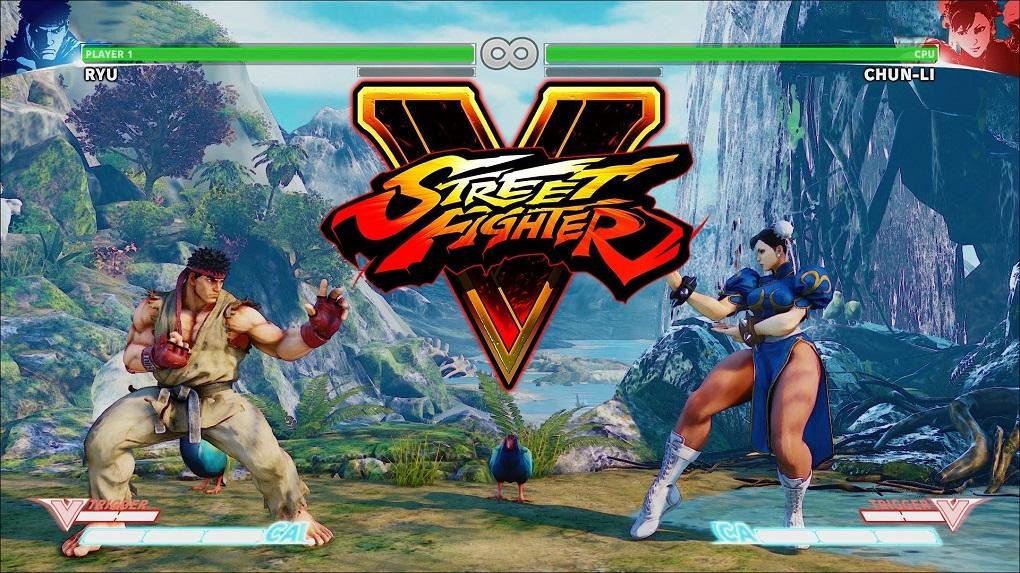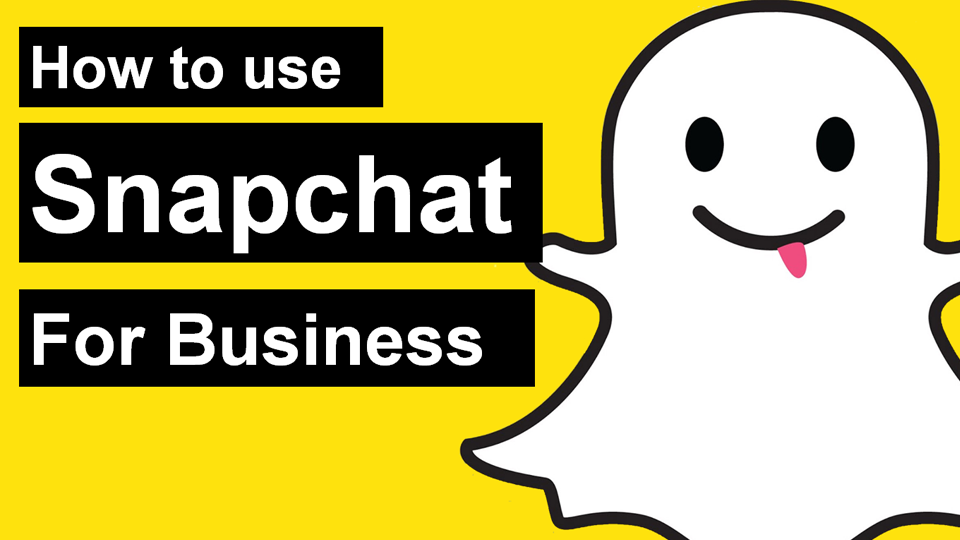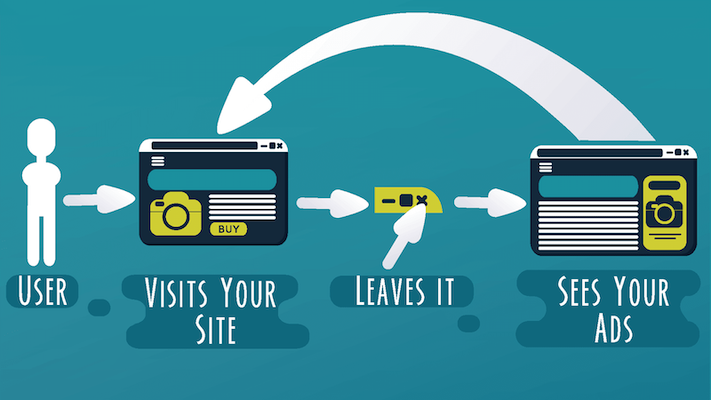Design a Good Inbound Marketing Plan – Step by Step Guide

The inbound marketing plan is a crucial reference document, and if we are unclear about where and how we want to go, we can’t get there. But many times this plan is not as complete as it should be or does not exist at all. Error!
To achieve the best results with your inbound marketing, I have compiled this comprehensive guide, covering everything you need to include in your plans. Ready to get down to work?
1) Research: what you need to be clear about to develop your inbound marketing plan
Sometimes we can be tempted to put the cart before the horse and think that to develop an inbound marketing plan, the first thing to do is to define what actions we are going to take. But in reality, that is a fairly advanced step in the process, since we must first be very clear about a series of basic points.
The buyer persona: who are we targeting?
I always say the same thing: if you haven’t defined your buyer persona yet, you need to get down to work right now! Without a very clear idea of who we are targeting, it will be impossible to get the channels, actions and segmentation right.
Simply put, the buyer persona is a semi-fictional representation of one of our ideal customers. The idea is that it helps us both to understand what our customers are like and what they need, and to “get into their skin” and empathize with them. That’s why, although it may seem superfluous, it is highly recommended to name our imaginary client and even add a stock photo that represents them.
An important distinction that we have to understand to build a good profile is that a buyer persona and a target are not the same. The target is defined based on a series of common characteristics, such as demographics or location, but the buyer persona goes further and includes further in-depth information.
A key aspect for our buyer persona to be effective is to focus on the “pain points”, that is, the challenges that our user faces and the difficulties they generate. In this way, we will be able to plan communication with them based on the needs that our brand covers.
The buying and selling processes: customer journey and conversion funnel
Within our inbound marketing plan, the customer journey allows us to understand everything that happens from the moment a person first encounters a need related to our brand until they become a regular customer.
Throughout this journey, the customer goes through a whole series of differentiated phases (research, decision, loyalty…), giving rise to different potential points of contact. In each of these phases, the user will need different information from us, probably through different channels. Therefore, it is essential that we do an in-depth study of these stages and the best ways to meet the needs of the user in each of them.
The other side of the coin of the customer journey is the conversion funnel, that is, the way in which we articulate these stages to guide our marketing actions. If we graphically represent the entire potential customer base, we see that there are more users with a potential need than customers who have actually converted, i.e., the number of people in each phase goes from more to fewer. By representing this graphically, we have the famous funnel.
In general, we divide the conversion funnel into these three stages:
- TOFU or “top of the funnel” phase. At the top of the funnel, the user has detected that they have a need and is starting to look for how to respond to it. To attract them, we must create content that responds as broadly as possible to their needs, so that we attract a good base of people potentially interested in our product or service.
- MOFU or “middle of the funnel” phase. In the middle phase of the funnel, the user is already clearer about what they want and is evaluating different options, including our brand. What you need is to offer content with a higher degree of specialization, usually in exchange for their data. Thus, the user becomes a “lead” or potential customer, and you can start to nurture the relationship with them in a more personalized way.
- BOFU or “bottom of the funnel” phase. Finally, the bottom of the funnel houses users who only need one last push to complete the conversion. Here we are interested in encouraging the user to launch through free trials, discounts and special offers, or tailor-made services.
The objectives of the inbound marketing plan
The last of the prerequisites before getting into the matter are the objectives of our inbound marketing plan, which are essential to measure the success of the actions we are going to carry out. And as you have surely already guessed, generic approaches such as “sell more” or “increase brand visibility” do not help us much.
For our marketing goals to really help us, they need to have several characteristics:
- Be concrete and quantifiable. For example, “get 400 leads through our newsletter”. It must be possible to determine objectively whether or not they have been fulfilled.
- Be able to measure yourself accurately. Each objective must be associated with a KPI (key performance indicator), so that we know our progress at all times.
- Be achievable. If we are not realistic when setting the objectives, we will only turn the forecasts into chaos and discourage our team.
- Have a fixed date. Having a deadline motivates us to action and allows us to develop a realistic achievement plan.
2) The actions of the inbound marketing plan: attraction and nurturing strategies
We are now ready to start defining in a more concrete way what we are going to do, that is, the tactics and actions we will use to attract users to our channels and move them through the conversion funnel. Depending on the circumstances and characteristics of the company, there are many ways to propose the strategies and channels to be used, but these are the points that seem most basic to me.
SEO and SEM Strategy
SEO and SEM are two tools to attract traffic to our website from user searches. While SEO seeks to achieve organic results in the long term, SEM is a good solution to position our website immediately through ads.
A very common mistake that we have to avoid in the inbound marketing plan is to define SEO and SEM strategies separately, since they are actually completely complementary. For example, we can target SEM to fill those gaps where it is more difficult for us to position organically or to launch short-term campaigns that are more conversion-oriented. It’s also worth keeping in mind that well-managed SEM campaigns can help improve our SEO in the long run.
In both cases, the definition of strategies and actions has to be based on an in-depth investigation of the keywords that interest our brand, through tools such as the Google Ads keyword planner. Thus, we will be able to identify those keywords that should be part of our SEM strategy and those that we want to position through SEO. We must also always distinguish between non-branded or generic and branded search terms (which include our brand), since competitiveness, search volume, and user intentions can be very different.
Content and social media strategy
A well-defined content strategy goes beyond a company blog. More than a specific format, we need to think about how we’re going to solve users’ needs at every moment of the customer journey, from generic, virality-oriented content to very specific guides. In later phases of the funnel, there is also room for video tutorials, user testimonials, success stories and so etcetera. All this content must respond to the tone and values of the brand, and we have to distribute it in a coherent calendar throughout the season.
In most cases, we will be interested in including one or more social networks in our inbound marketing plan to disseminate this content and connect with users. Before deciding on a specific channel, we must investigate where users similar to our buyer persona are most active.
And to reinforce this dissemination work and continue to attract traffic to our sites, we must also take into account the possibility of using social ads.
Optimisation for acquisition
Once we have managed to attract the user to our page, we have to think about how to capture them so that they become a lead. Therefore, within the inbound marketing plan, we have to define aspects such as:
- The structure and design of landing pages. This aspect is of vital importance in conversion rates, so I always recommend spending time doing A/B testing to find the most effective variants.
- Form optimization. Acquisition forms must be able to collect enough information from the user to know if we are interested as a potential customer, but always with the minimum number of fields possible. Once again, we can try A/B testing to find the balance.
- Calls to action. Optimizing this element is one of the fastest and most effective ways to increase conversions. In addition to experimenting with text, try different colors and button placements.
Lead scoring and nurturing.
When the user has already become a lead, we have to define what actions we will carry out so that they end up becoming a customer. To do this, we will rely on these two tools:
- Lead scoring consists of assigning a score to each lead based on a series of characteristics that allow us to know if we are really interested in them as a customer and how close they are to converting.
- Lead nurturing is based on sending leads a series of personalized communications based on their scoring and individual characteristics, in order to give them the information they need to become customers. In many cases, these communications are made through email marketing.
Marketing Automation
More than an action in itself, marketing automation is a resource that allows us to simplify all acquisition and nurturing processes and offer content with a high level of personalization to a high volume of users. Taking it into account in our inbound marketing plan will allow us to work much more effectively and be able to easily scale our marketing actions.
3) Reporting and monitoring
We only have one more ingredient left for the plan to be complete, and that is to detail how we are going to measure our progress.
Every marketing strategy requires continuous follow-up with periodic checkpoints, for example, a meeting with the team every two weeks to share a performance report and see the next actions to follow. The metrics included in this report should respond to the objectives and key performance indicators that we have defined in the first steps of the inbound marketing plan.
It is also important to have a contingency plan that establishes the steps to follow in case the objectives are not being achieved. And last but not least, I want to remind you that a good inbound marketing plan has to have a certain degree of flexibility to be able to adapt to unforeseen events and correct the course if necessary. The important thing is that it is a tool that helps us progress and that it never becomes an obstacle.










